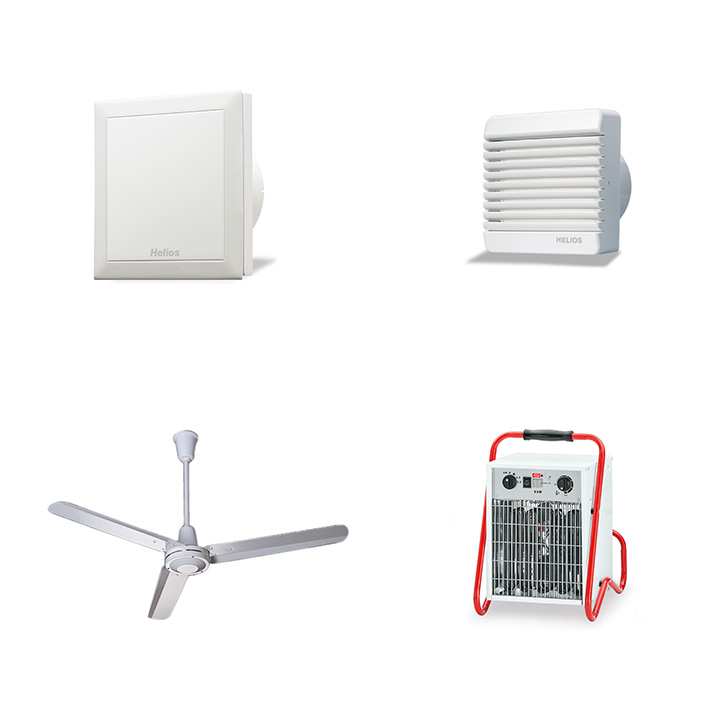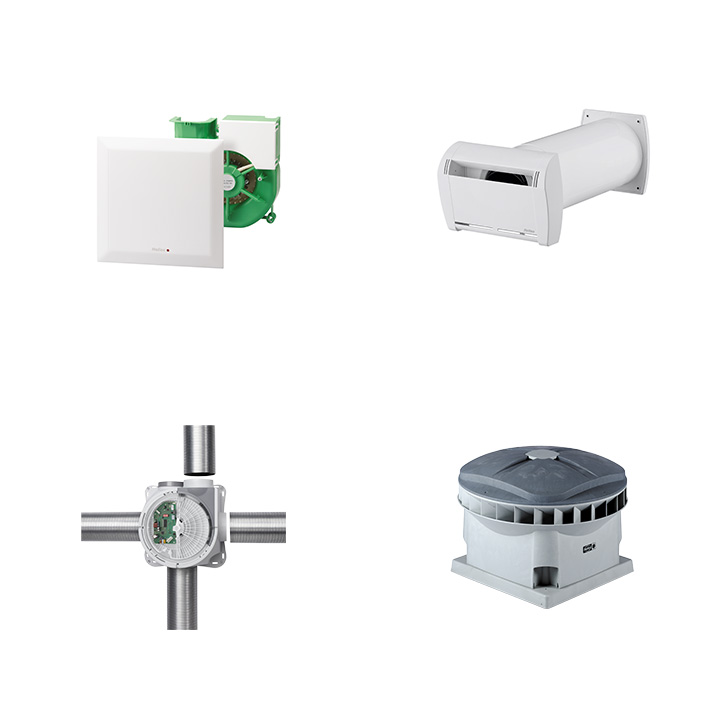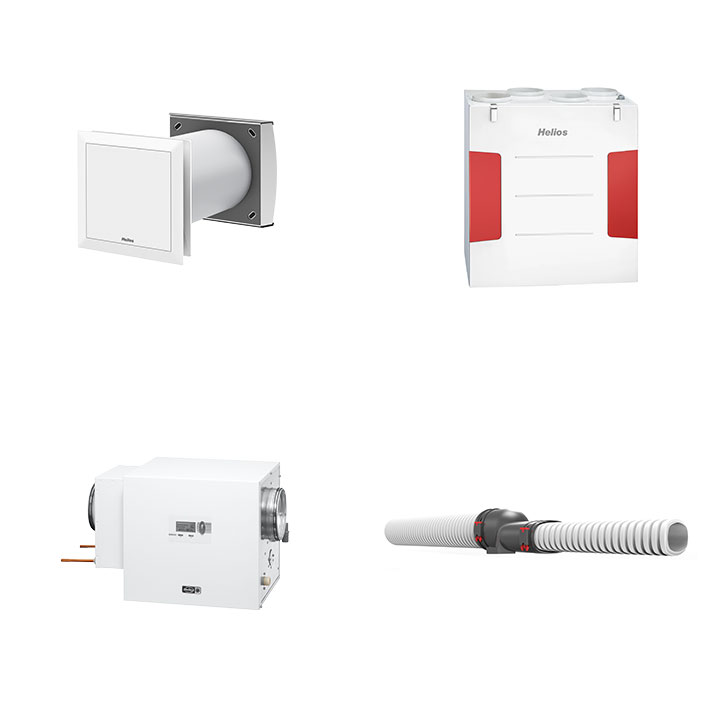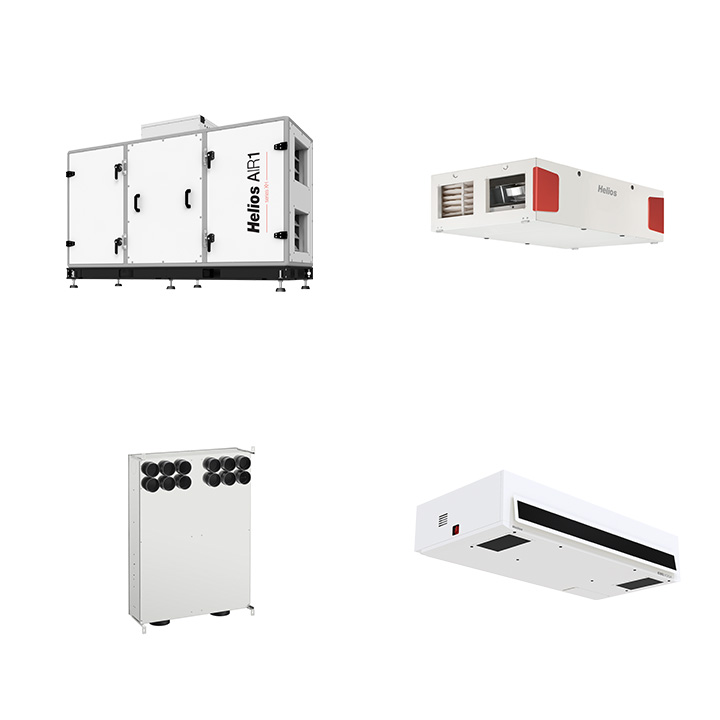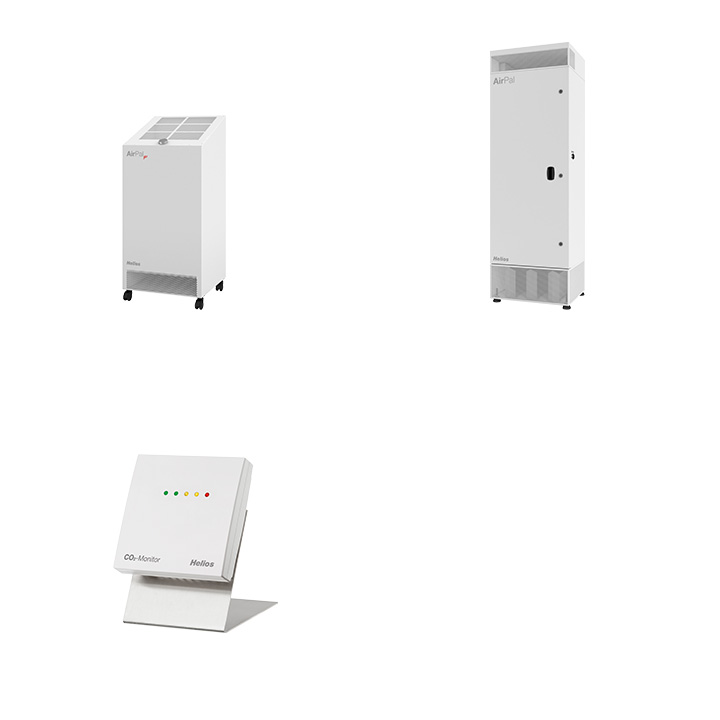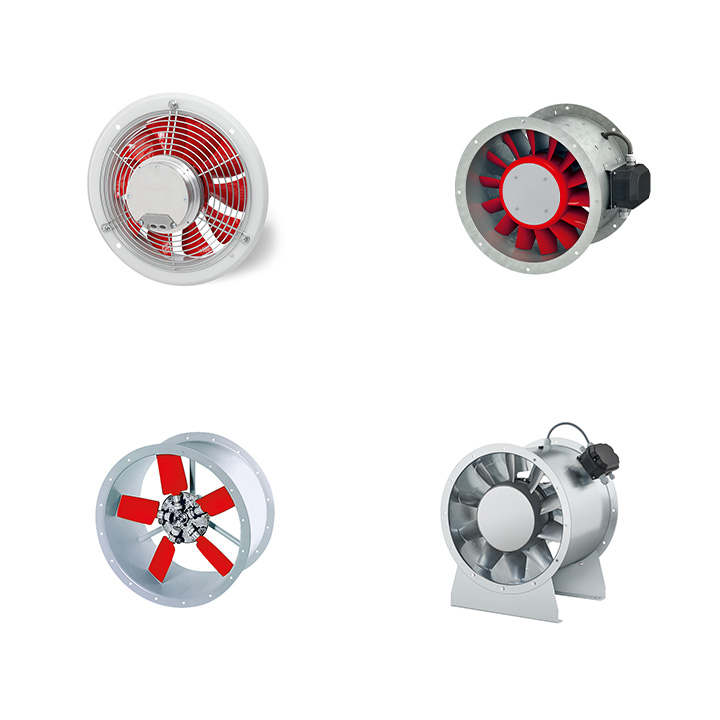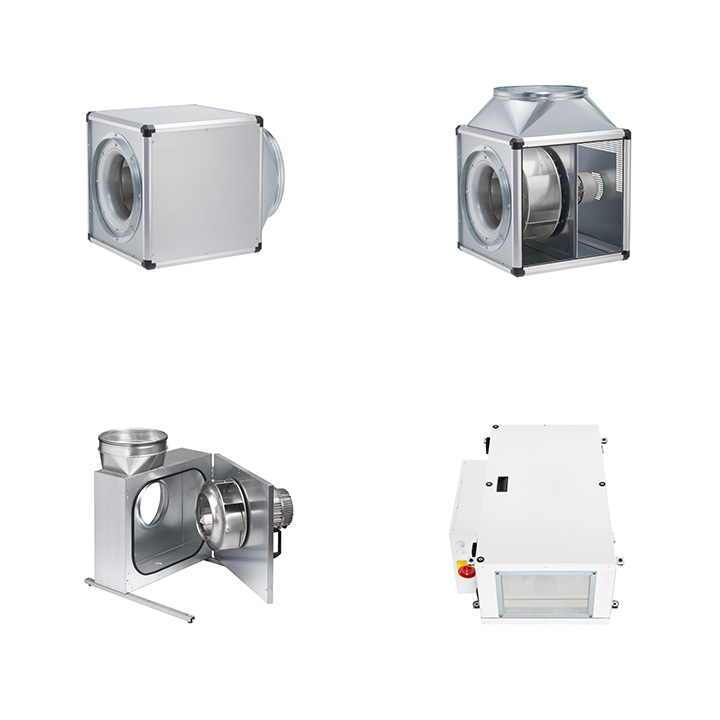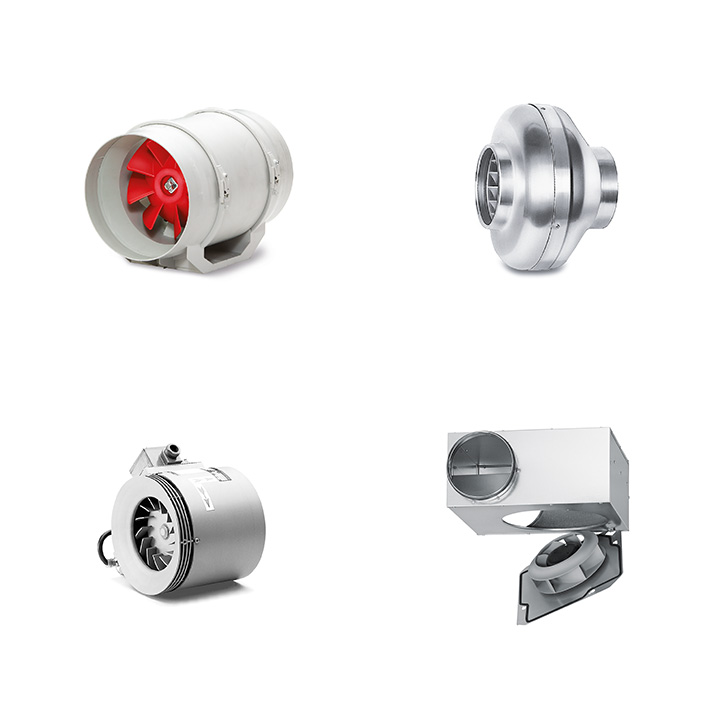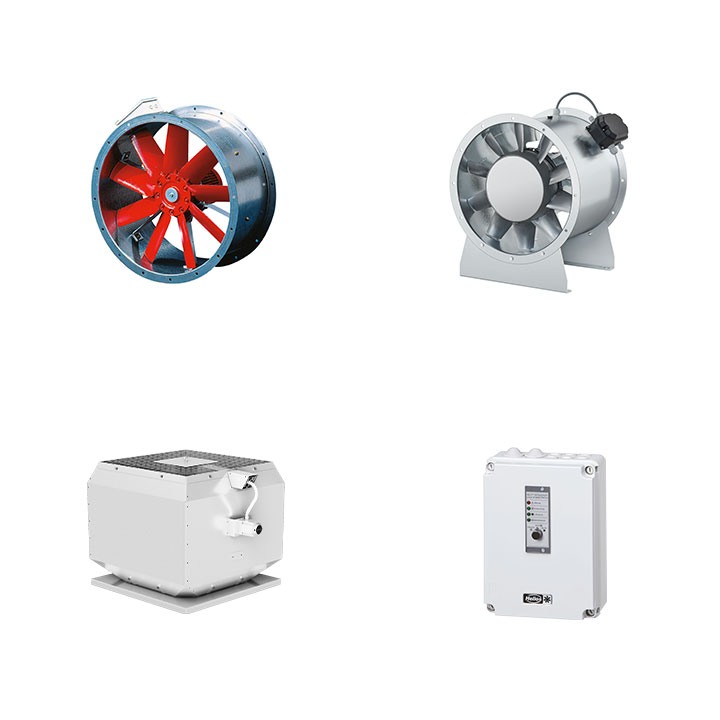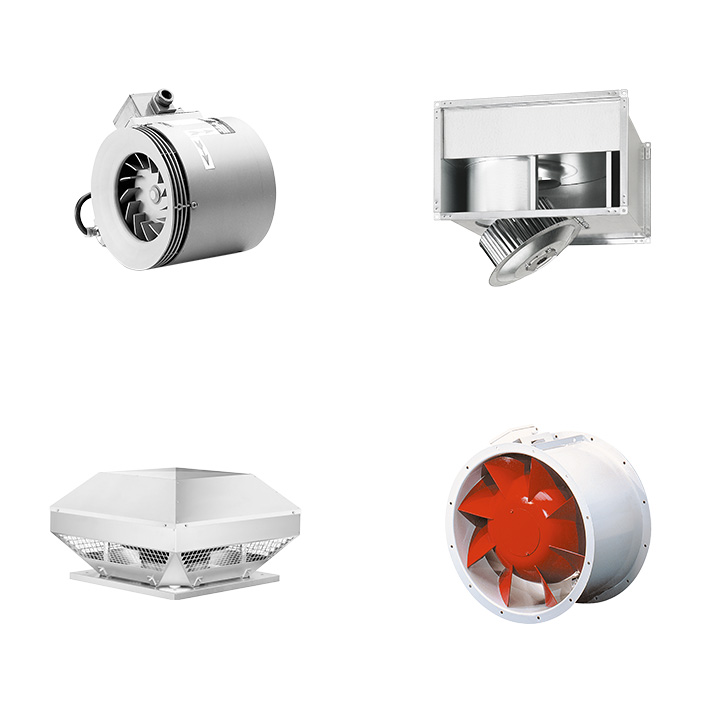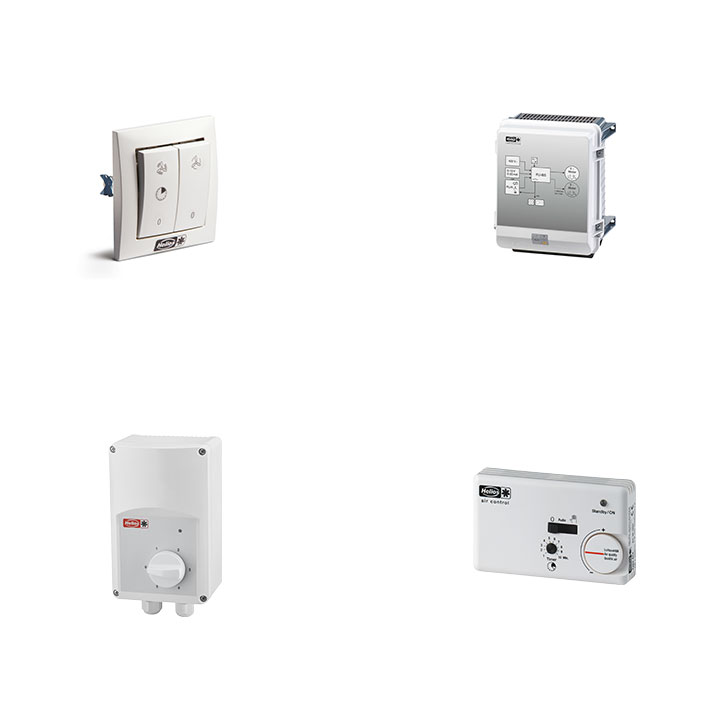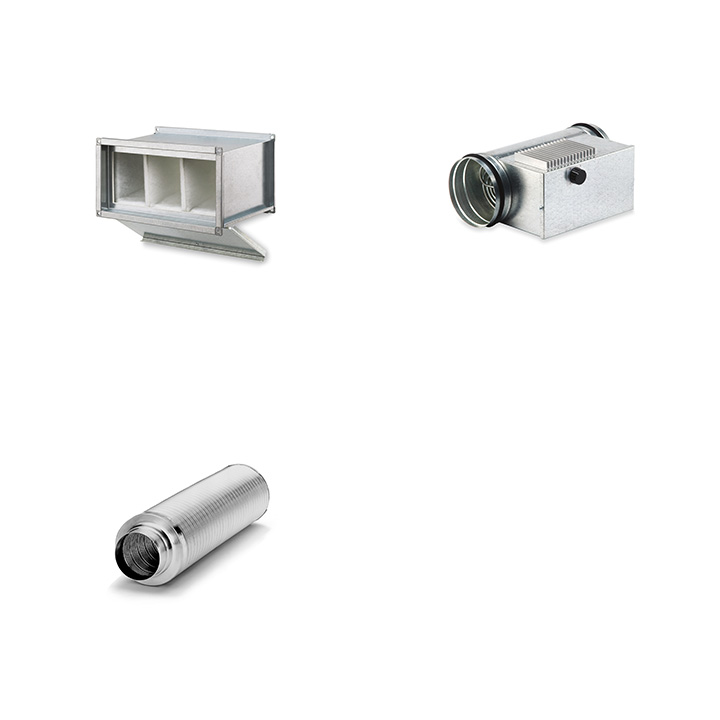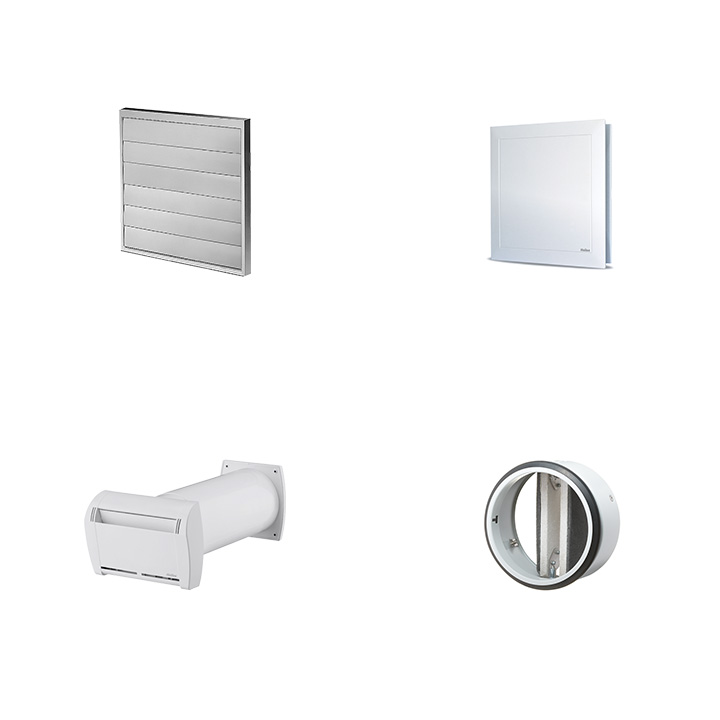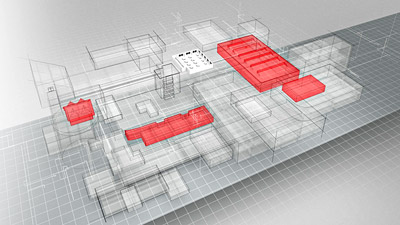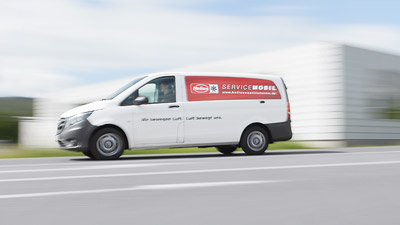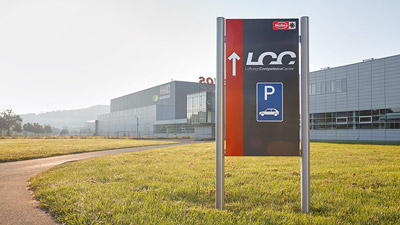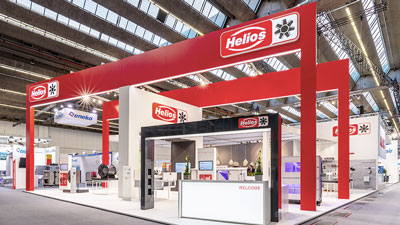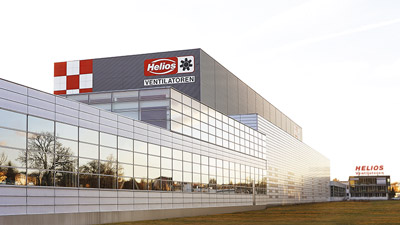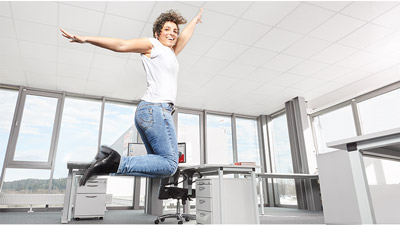30s: Part I – Let there be light
Helios light for the best sight.
Germans love their cars? In the 1930s, the same was true for the bicycle as the up-and-coming means of transport. From 1930 to 1936, the number of cyclists in the country increases eightfold. Every year, bicycle manufacturers sell an average of 2.5 million bicycles a year. The Müllers recognise the trend and enter into the development and production of high-quality but price-conscious bicycle lighting with Fernwellen-Apparatebau. Instead of the carbide lamps that had been common until then, the company opted for the new, much lower-maintenance dynamo lighting right from the start, which was marketed under the name „Helios“ - Greek for „sun god“.
With its wide range of stylish headlights, easy-to-mount rear lights and solid dynamo machines with a patented design, the Helios bicycle headlight range makes cycling significantly safer - and the company successful once again.
30s: Part II – Radio is still a big deal
Despite the new portfolio around bicycle lighting, the radio range continues to exist for the time being. The number of stations and the daily broadcasting time in the German radio landscape are growing steadily. Programme formats like today do not yet exist, but listeners can look forward to a wide variety of music genres - from classical music to the latest hits. Diversity now also prevails in the product portfolio of Fernwellen-Apparatebau, as evidenced by the business card from the 1930s shown above. The problem of the changed legal form - Fernwellen-Apparatebau AG is transformed into a KG - is simply solved by handwriting on it.
Soon the company will refocus and give up the radio technology business.
50s: Part I – Helios makes workplaces safe
Helios makes workplaces safe - with magnetic grippers.
A simple idea with great effect and groundbreaking success: With the new magnetic grippers, Müllers once again prove their good sense for developing promising products. At that time, serious hand injuries on pressing machines were not uncommon. Even then, the „accident prevention regulation“ stipulates that insertion must not be done directly by hand, but only with auxiliary tools. However, these are bulky and slow down the process. But not the Helios magnetic grippers: they are absolutely safe and allow even faster work. The low purchase price thus pays for itself very quickly.
50s: Part II – Helios cash registers
The tills are ringing - Helios cash registers.
Whether supermarket, ice cream booth or sports festival – in the 50s cash registers are used everywhere. They help to better record and control the flow of goods and turnover as well as to create receipts. Whether as an inexpensive basic model with simple features, or as a premium version with integrated control strip and additional cash drawer – the newly introduced Helios cash registers quickly become bestsellers. The massive devices with a weight of approx. 35 kg are robust and extremely durable, yet they will soon be replaced by electronic systems.
50s: Part III – Let there be air
Let there be air - the era of Helios fans begins.
A literally fresh breeze blows through the company in the 1950s, as Helios launches its first fans onto the market with table fans. Their clear mission: to provide refreshment in the summer heat and look good at the same time. Buyers can choose from a wide variety of colours, sizes and motor types, and three-speed control is also possible. Their distinctive design still makes the table fans a coveted collector‘s item today. For the company, they are much more than that - they mark the starting point for the era of Helios fans. How does the story continue? We‘ll show you on a tour of our factory.
